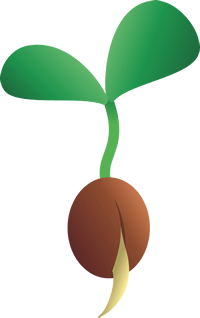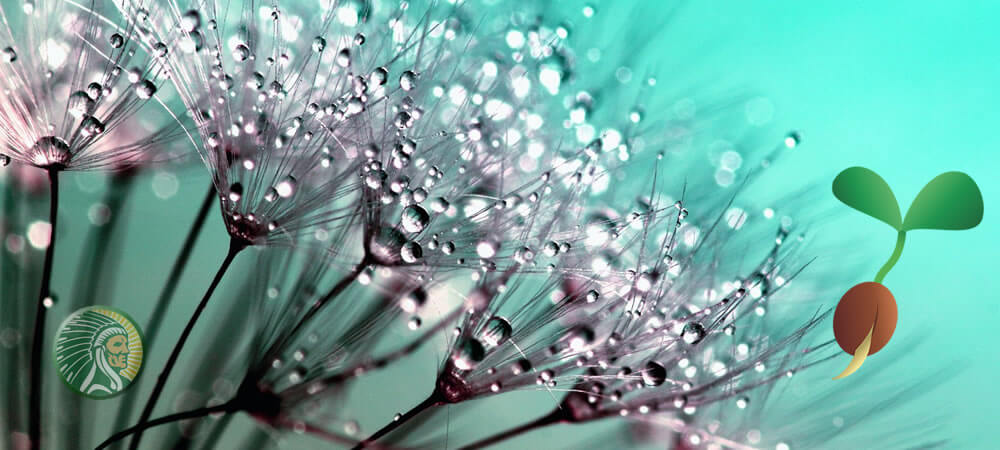- Mila, R.
- News and advice on hydroponics culture indoors and outdoors!
- 43 likes
- 30578 views
- 0 comments

Let's start by telling what are the nutritional elements and what role do the microelements play in plant nutrition .
The nutritional elements of plants are divided into 3 groups : main elements, secondary elements and microelements .
The primary nutritional elements are what plants need in greatest quantity for their correct development and are 3 : Nitrogen (N), Phosphorus (P) and Potassium (K).
The secondary elements , as its name indicates, are those that the plant needs in a moderate quantity for its correct development. The main secondary elements are 3 : Sulfur (S), Calcium (Ca) and Magnesium (Mg).
Third, but no less important, are the microelements , which are the nutritional elements that plants need in less quantity, but without which plants cannot function properly . And usually they are all of mineral or chemical origin.
These microelements are as follows and have different roles in plants:
- Boron (B):
- It is important for good flowering and setting the fruit setting.
- It intervenes in the processes of the migration of sugars through the plant.
- It intervenes in the processes of protein synthesis .
- It is important for a correct meristematic activity and the correct growth of the plants .
- It intervenes in the use of Auxins (natural growth hormone of plants).
- Copper (Cu):
- It is important for the enzymatic processes of plants.
- It intervenes in the process of photosynthesis .
- Intervenes in the synthesis of proteins.
- Intervenes in the synthesis of lignin.
- Improves the fertility of plants.
- Iron (Fe):
- Intervenes in the transpiration processes of plants.
- Intervenes in the process of chlorophyll formation.
- It has great importance in the photosynthetic system .
- It intervenes in the metabolism of proteins .
- Manganese (Mn):
- Activates the enzymatic processes of plants.
- They take part in the chlorophyll formation process.
- They intervene in the synthesis of proteins.
- Molybdenum (Mo):
- Intervenes in pollination processes .
- Intervenes in the synthesis of proteins.
- Contributes to the nodulation of legumes.
- Zinc (Zn):
- It intervenes in the processes of the formation of growth hormones in plants.
- It has an enzymatic function.
- Intervenes in the synthesis of proteins.

As can be seen in the list above of the functions of microelements in plants, they intervene in each and every one of their processes . Therefore, if the plants had a deficiency in any of these microelements, they would be completely unbalanced and would not have a correct development .
In the fertilizer market, you can find various products with microelements , such as products that contain the 6 or products that are more "specialized" in specific deficiencies . For example, a very common deficit in citrus is "iron chlorosis" in other words, a severe deficiency of iron, for this, there are products on the market that contain only and exclusively iron in its composition.
For gardening plants, the ideal is to apply a cocktail of the 6 every 20-25 days so that none of the deficiencies associated with these microelements appear.
How can you choose a good microelement product on the market?
Well there are several options:
- Water soluble microelements.
- Chelated microelements (Boron and Molybdenum can never be chelated, only the others can be found in this form that improves the absorption of nutritional elements, we will talk about them to expand the information in future blogs).
- Complexed microelements. The best way are those complexed with Lignosulfonates (they are organic substances that improve the application, absorption and assimilation of nutritional elements, we will also talk about them more extensively in future blogs)
The difference between these 3 types of formulations is decisive for the correct absorption of these microelements by plants. Those that have a less efficient application are the first, those that are simply soluble in water , since plants will take longer to absorb and assimilate them. The second, chelated , are attached to a "chelating" molecule that improves the absorption of nutritional elements. The third option, complexed with lignosulfonates, is the best of them, because in addition to improving the absorption of nutritional elements, they optimize their application and increase their level of assimilation by plants.
These products can normally be applied diluted in the irrigation water or by foliar spraying of the product also diluted in water. To know if it is possible to carry out these 2 types of applications, the manufacturer's recommendations must be seen. The best way to apply these microelements is through a foliar spray (but it can also be applied in irrigation water without any problem), since the elements are absorbed better and faster than through the roots, that is Yes, these applications must be carried out avoiding moments of high sun intensity and high temperatures, in order to avoid possible burns on the leaves due to the magnifying effect of water droplets on its surface.
If you want to apply microelements in particular, we advise you to apply KHAN-GEE at the recommended dose. But if you apply the 5 products together, you will not need to worry about the microelements since all the products in the YUKHA range, as they are plant extracts , contain these microelements in their composition in a natural way , since when extracted by traditional methods they maintain all its intact elements, in addition, are highly assimilable since they are complexed by the natural origin of the products and their organic form. As we have already discussed, of products of natural origin, the YUKHA range does not have in its composition any type of synthetic chemical product , which can generate toxins. So if you apply the C. Ayurveda Pack to your plants, you will achieve a magnificent development of these, in perfect balance and in perfect harmony with the environment. You will ensure that your plants are optimized to the maximum, promoting root development and nutrient absorption with KHAN-GEE , improving vegetative development with TAJHAL , raising flowering to the maximum level with JANGH , increasing and improving aromas with MUDRI and of course, improving the health status of plants with YETRA . Enjoy a well-used crop with the benefits of applying the C. Ayurveda Pack .
Mila R.
![]()
Translated from the original text in Spanish by Yukha

How can you choose a good microelement product on the market?

Comments (0)